Advertisement
Sep 09, 2024 By Tooba
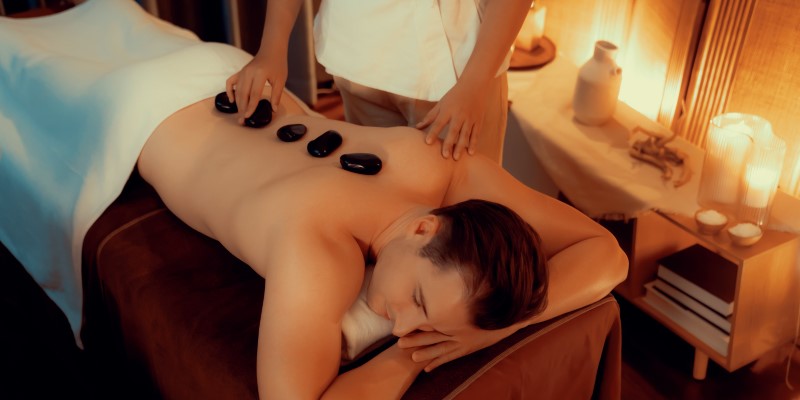
Contrast therapy, a recovery method that involves alternating between hot and cold treatments, is gaining attention in fitness and rehabilitation circles. This simple yet effective technique is shaping how athletes and individuals manage muscle soreness and enhance recovery. In this article, we delve into what contrast therapy entails, how it works, and how you can incorporate it into your routine for optimal results.
What Is Contrast Therapy? An Overview Of The Technique
Contrast therapy, also known as hot and cold therapy, alternates between heat and cold to reduce pain, swelling, and inflammation and is often used after exercise, injury, or surgery. The technique involves applying heat, such as hot water or heat packs, followed by cold exposure through ice packs or cold water.
Each phase typically lasts one to five minutes. Heat improves blood flow and brings nutrients to affected areas, while cold constricts blood vessels to reduce swelling. This process helps muscles relax, recover faster, and alleviate discomfort more effectively than using heat or cold alone.
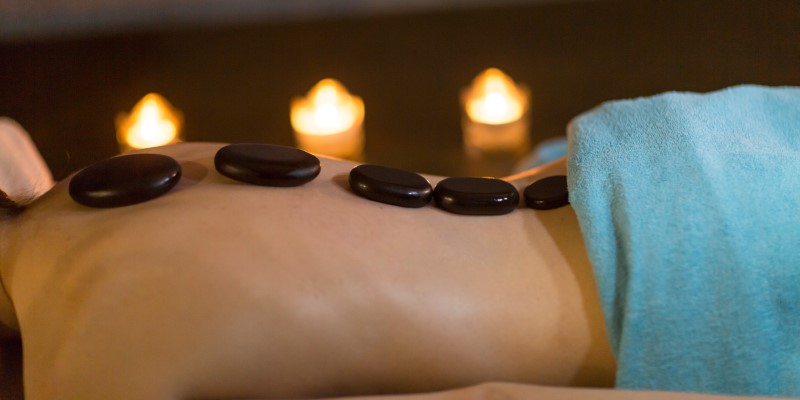
The Science Behind Contrast Therapy: How It Works
Contrast therapy works by alternating heat and cold to stimulate the body’s circulatory and nervous systems. Heat dilates blood vessels, boosting blood flow and delivering oxygen and nutrients to tissues, while cold causes vasoconstriction, reducing swelling. The alternating temperatures create a pump-like effect, helping flush out metabolic waste like lactic acid and improving oxygen delivery to muscles.
This enhances muscle recovery and reduces fatigue. Additionally, contrast therapy affects the nervous system by stimulating thermoregulatory processes, which can produce an analgesic effect, reducing pain. The therapy also helps regulate inflammation, which is essential for muscle recovery and injury prevention.
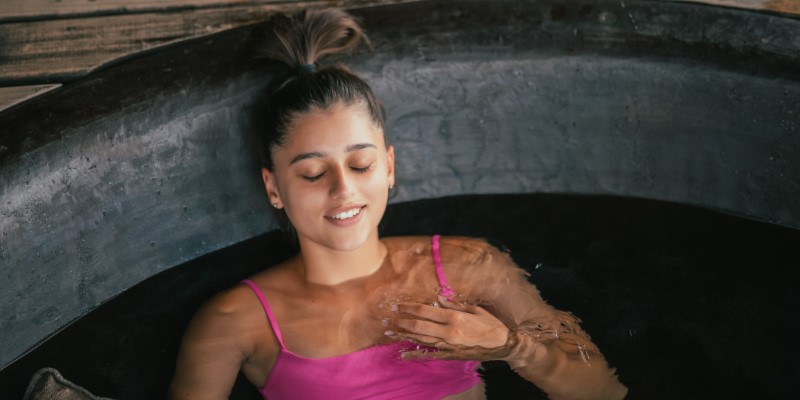
Benefits Of Contrast Therapy For Recovery
Contrast therapy offers several potential benefits for individuals looking to enhance their recovery routine. The following are some of the most notable advantages:
Reduced Muscle Soreness And Inflammation
Muscle soreness is common for athletes or anyone engaging in physical activity, especially after intense exercise. Alternating hot and cold temperatures helps reduce soreness by flushing out metabolic waste and excess fluid that builds up in muscles after exercise. The cold phase, in particular, minimizes inflammation, which is often the source of post-exercise discomfort.
Improved Circulation
The vasodilation and vasoconstriction that occur during contrast therapy can improve overall circulation. Heat encourages blood flow to the muscles, delivering oxygen and vital nutrients to tissues that need repair. Cold, by temporarily restricting blood flow, reduces the pooling of blood in affected areas. Together, these effects promote better circulation, which is essential for muscle repair and recovery.
Pain Relief
The quick alternation between hot and cold temperatures can decrease pain signals in the nervous system, resulting in a pain-relieving effect. This can be particularly beneficial for individuals recovering from injuries or experiencing chronic pain. By interrupting pain signals, contrast therapy provides temporary relief while promoting long-term healing.
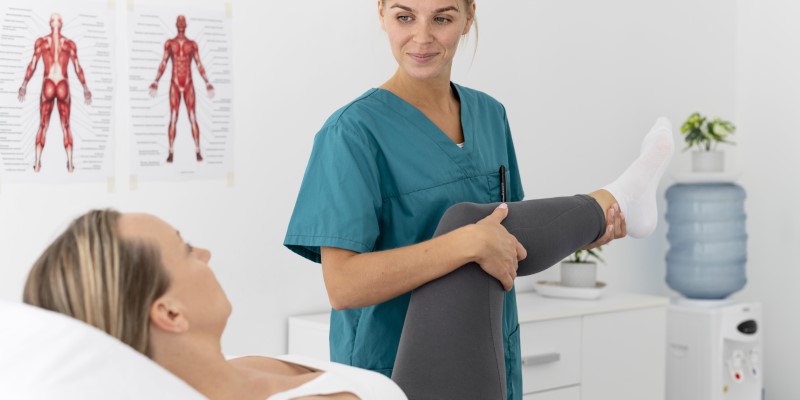
Enhanced Flexibility And Mobility
Contrast therapy can also improve joint mobility and muscle flexibility. Heat helps loosen stiff muscles, while cold therapy prevents excessive swelling that could limit movement. For those recovering from injuries or surgeries, this can be an effective way to maintain or regain mobility without placing unnecessary strain on the muscles and joints.
Faster Recovery
Contrast therapy may help speed up recovery times by reducing inflammation, improving circulation, and alleviating pain. This is especially helpful for athletes who need to recover quickly between training sessions or events. The therapy works well for acute injuries, like sprains or strains, as well as for general muscle fatigue after heavy exercise.
Incorporating Contrast Therapy Into Your Routine
With just a few simple tools and some preparation, you can easily incorporate contrast therapy into your recovery routine. This method can help improve your overall well-being without needing a complex setup.
Preparation
Before starting a contrast therapy session, it's essential to ensure that you have access to both heat and cold sources. Many people use hot and cold tubs, but if these are not available, heat packs and ice packs are a great alternative. A hot shower followed by a cold rinse can also serve the purpose if you prefer a more accessible method.
Timing
When incorporating contrast therapy, timing is crucial. Ideally, it should be done after exercise, when the muscles are tired but not too sore to handle temperature shifts. Each session usually involves cycling between heat and cold every few minutes, starting with heat. Typically, you spend around three minutes in hot water or applying heat packs, then switch to cold for one to two minutes. Repeat this cycle for about 20-30 minutes, depending on the severity of muscle soreness or injury.
For acute injuries, cold therapy should dominate in the first 48 hours to reduce swelling, followed by contrast therapy. Starting contrast therapy immediately after exercise is beneficial for general muscle recovery.
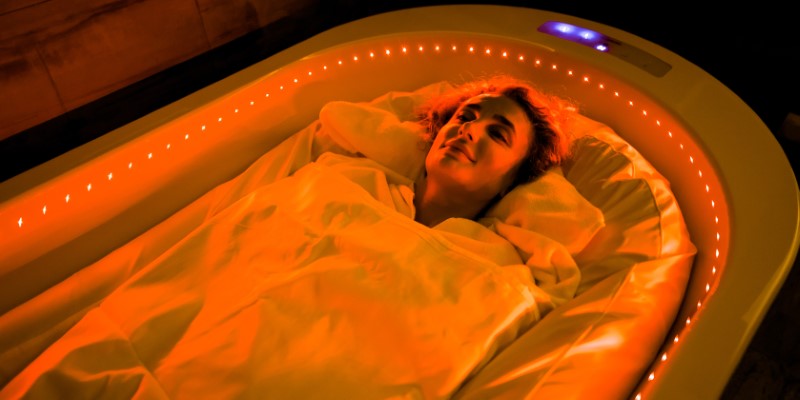
Frequency
How often you use contrast therapy depends on your activity level and recovery needs. For athletes or those undergoing physical rehabilitation, daily contrast therapy sessions may be ideal. For others, using this technique two or three times a week may suffice, especially after intense workouts. Regular use ensures that the muscles remain flexible and that any potential inflammation is addressed before it becomes a larger issue.
Monitoring Your Body’s Response
As with any recovery method, it’s important to listen to your body. If you experience increased pain or discomfort during a session, it may be a sign that you need to adjust the temperature or timing of the therapy. If you have any underlying health conditions, such as cardiovascular issues, it’s advisable to consult with a healthcare provider before beginning contrast therapy.
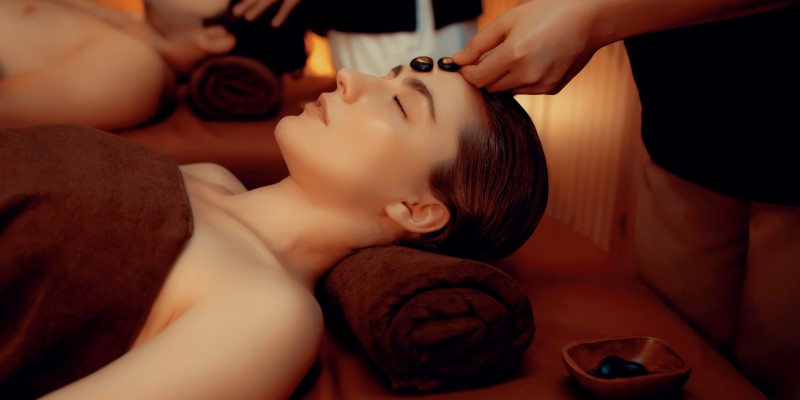
Conclusion
Contrast therapy is reshaping the way we approach recovery, offering an accessible and natural method to promote muscle repair and alleviate discomfort. By alternating between hot and cold treatments, this therapy improves circulation, reduces inflammation, and helps individuals recover faster from physical exertion or injury. Incorporating this technique into your routine can provide a non-invasive and effective way to enhance recovery while reducing muscle soreness and improving flexibility.
-

Why Genetic Testing Can Save Your Life
Jan 01, 2000
-

What Tech Tools Can Help Improve Your Sleep Quality?
Sep 09, 2024
-

How Does Preventive Medicine Influence Healthy Aging?
Aug 27, 2024
-

Current Legislative And Regulatory Changes In Healthcare
Aug 27, 2024
-

What Are The Benefits Of Personalized Medicine For Patients?
Aug 27, 2024
-

How Digital Health Tools Are Changing The Healthcare Landscape
Aug 27, 2024
-

How is AI Revolutionizing Healthcare Diagnostics in 2024?
Aug 28, 2024
-

What Makes Medicinal Mushrooms the Hottest Health Trend?
Aug 28, 2024
-
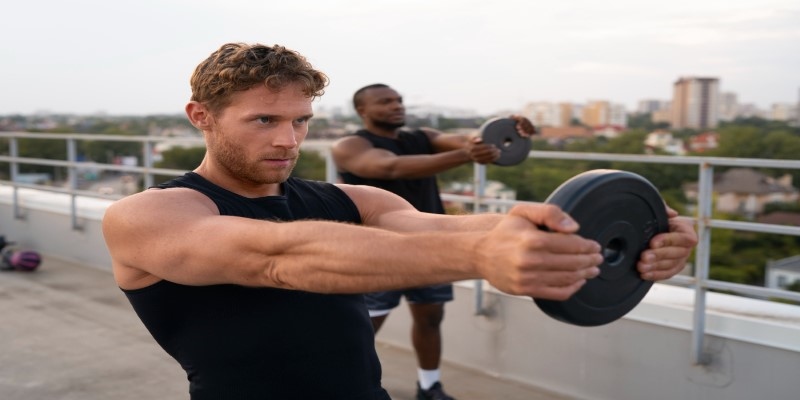
What Are the Benefits of Peripheral Heart Action Training?
Aug 28, 2024
-

How Do Structural Barriers Impact Community Health?
Aug 27, 2024
-
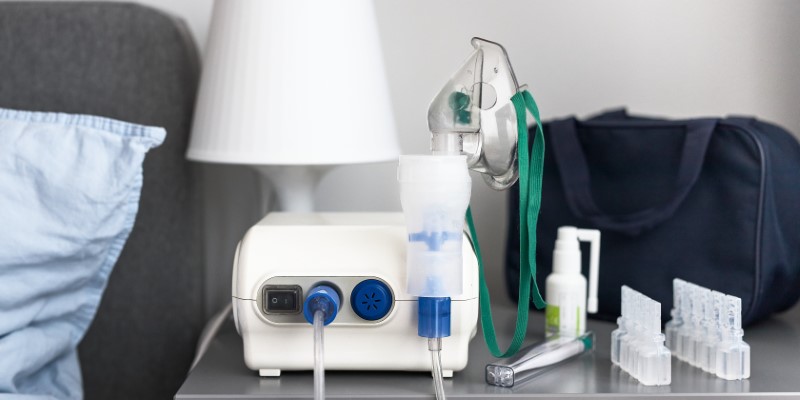
How Can Everyday Gear Perform Medical Tests At Home?
Sep 09, 2024
-

Why Are Bodycare Innovations Stealing the Spotlight from Facial Skincare?
Aug 28, 2024
-

The Importance Of Doctor Recommendations In Consumer Health Decisions
Aug 27, 2024
-

Who Needs to Consider Functional Medicine?
Jan 01, 2000